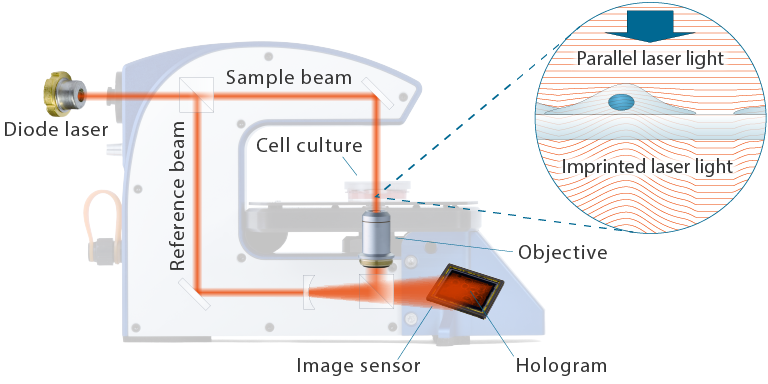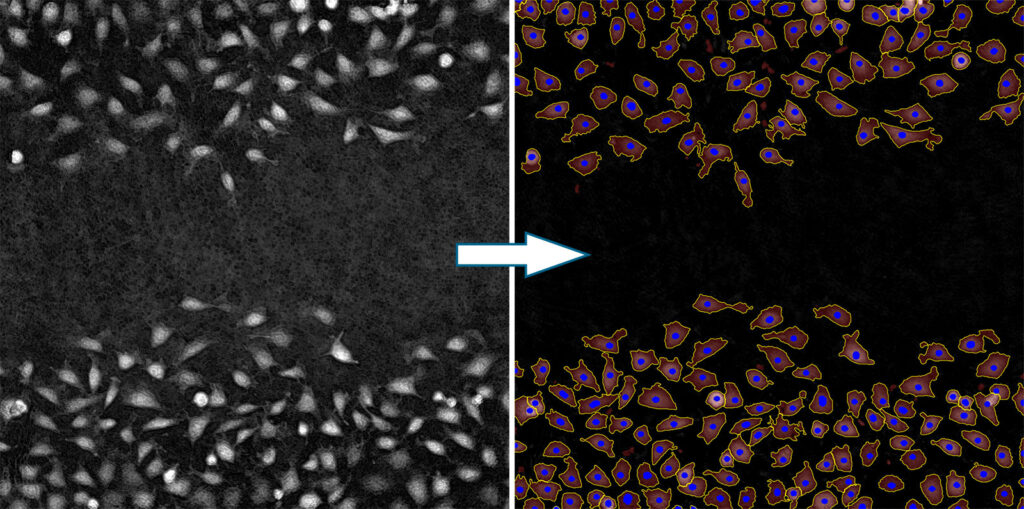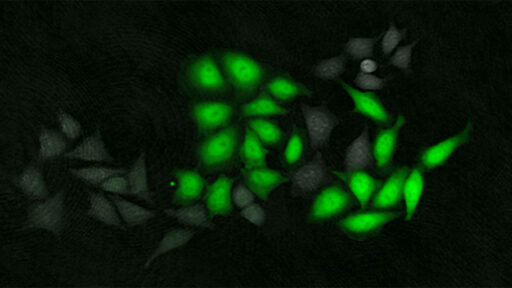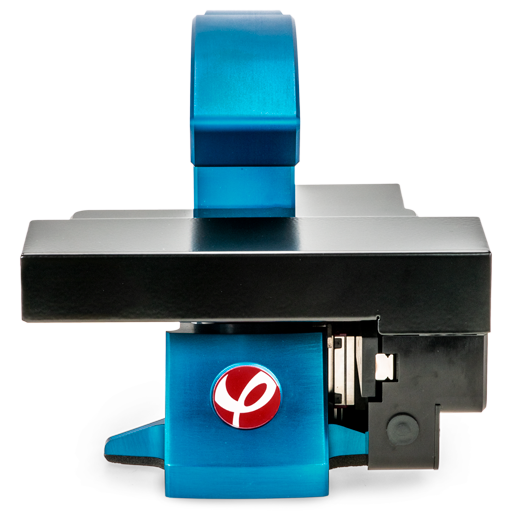
Meet HoloMonitor®
A Cell-friendly Incubator Microscope
- Measure at once 30+ different cellular features from cell population down to single-cell level
- Quantitative cell imaging, directly in your incubator using standard cell culture vessels
- Easy and comprehensive presentation of real-time data and high-quality time-lapse videos
- Easy-to-use, guided software that lets you reanalyse your experiments for more results
A Proven Technology
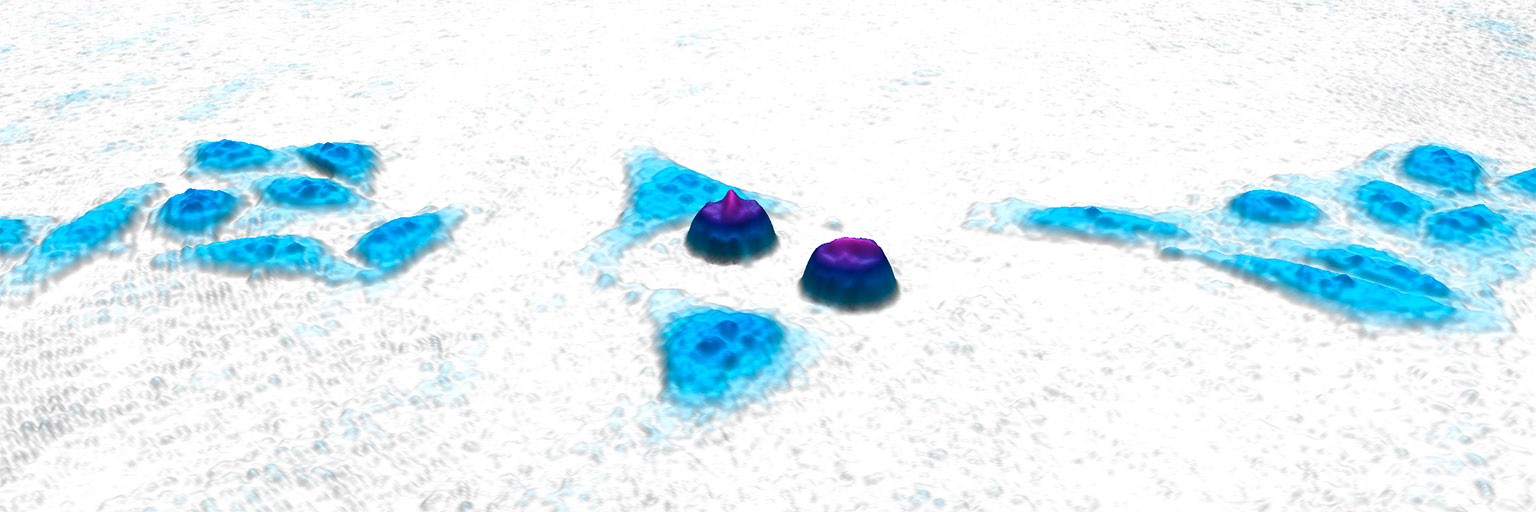
Applications
- Kinetic Cell Morphology
- Wound Healing (Scratch assay)
- Cell Division & Cell Cycle
- Cytotoxicity & Cell Death
- Reporter Gene Expression
- Transfection Efficiency
- Single Cell Tracking
- Cellular Differentiation
- Cell Proliferation
- Cell Counter
- Uptake Assay
- Live Cell Staining
- Chemotaxis
- Cell Motility & Migration
- Cell Growth
- Drug Dose-Response
- Cell Quality Control
- Co-Culture
Which application fits you most?
Find out how HoloMonitor can accelerate your research!
Multiple results from one experiment
Reanalyse your data with different HoloMonitor assays

New Application Notes
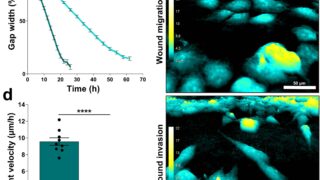
Using digital holography for imaging and analysis of cells in thin-layered 3D cultures
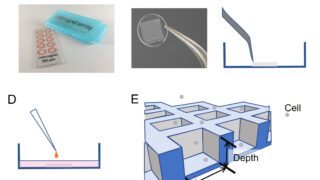
Quantitative long-term monitoring of non-adherent cells by digital holographic microscopy
Publications

KLF2+ stemness maintains human mesenchymal stem cells in bone regeneration
Journal: Stem Cells (2019)
Research Areas: Stem cell research
Cell Lines: hMSC, HUVEC
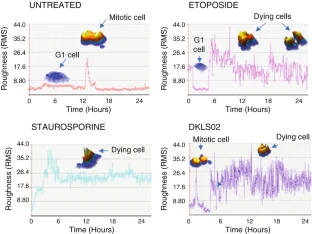
Digital Holographic Imaging as a Method for Quantitative, Live Cell Imaging of Drug Response to Novel Targeted Cancer Therapies
Journal: Theranostics: Methods and Protocols (2019)
Research Areas: Cancer research
Cell Lines: HeLa
Find out how other researchers use HoloMonitor:

Digital holographic microscopy: a noninvasive method to analyze the formation of spheroids
Journal: BioTechniques (2021)
Research Areas: Cancer research
Cell Lines: HT29

Label-Free Classification of Apoptosis, Ferroptosis and Necroptosis Using Digital Holographic Cytometry
Journal: Applied Sciences (2020)
Research Areas: Cell research
Cell Lines: 501mel

The HoloMonitor M4 is a beneficial device for live-cell imaging, providing a lot of data. The good thing is that you can analyze your experiment using one software assay, and later, you can rerun the recorded data in another assay, which allows you to get the maximum from your experiment. I like it and would recommend it to all people doing a cytotoxicity assessment based on cell proliferation and optical thickness of the adherent unstained cells.
Sasa Vasilijic, PhD
Stanford University
